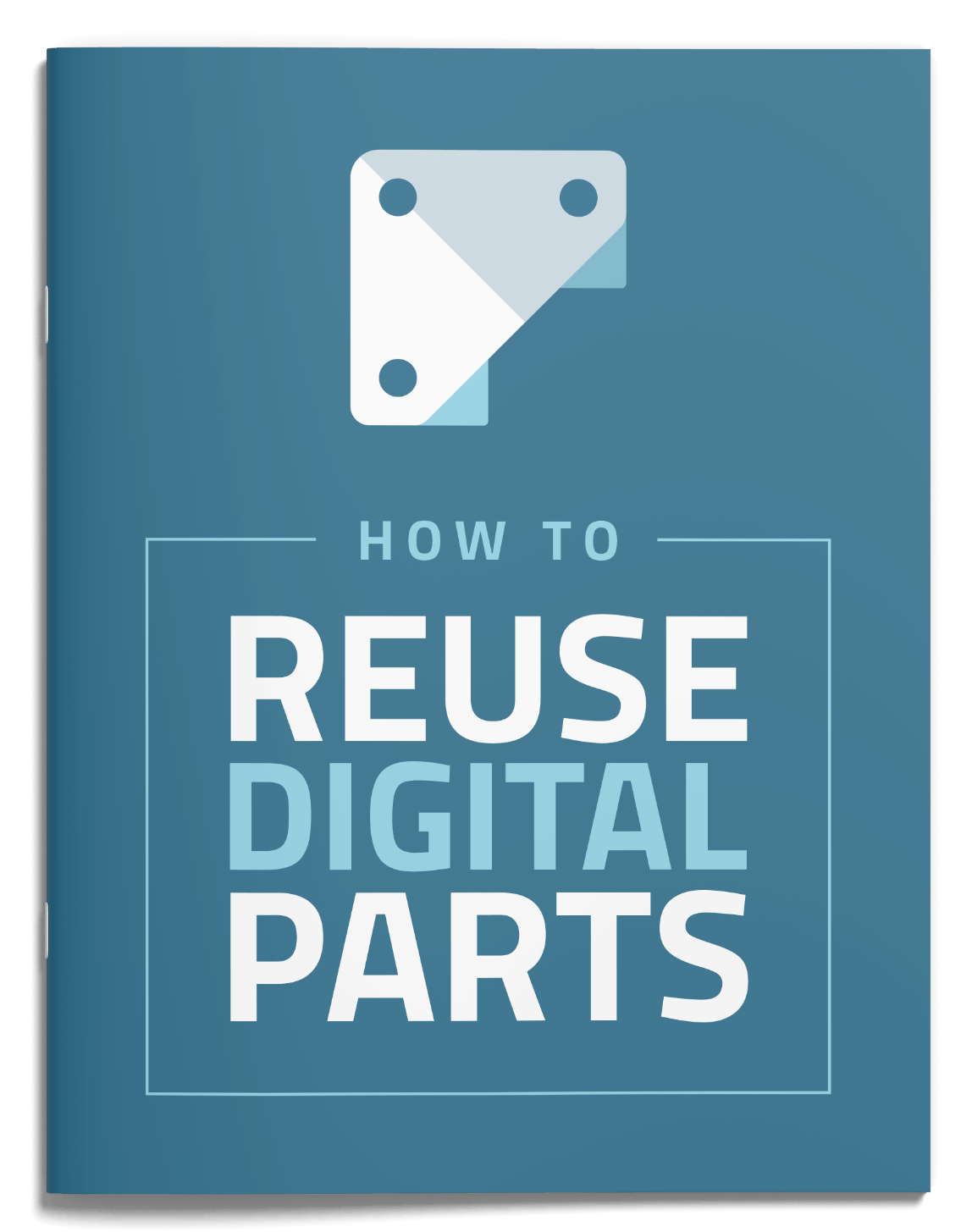Product Design & Development: Is Taxonomy Obsolete?

Tim Thomas, CEO CADENAS PARTsolutions
In the engineering e-commerce environment, enterprise data management depends heavily on integrating product information into diverse technical documentation.
Two very common examples are the integration of product descriptions from multiple suppliers into one consistent, multi-vendor e-catalog, or the aggregation of itemized invoicing data into a financial target hierarchy for analytical purposes like spend analysis.
As a result, for several years now, multiple standards bodies have been developing and providing such standards and businesses have tried to make use of them for the mechanization of product-related data processing. The number of transactions, the amount of data, and the time required have all combined to make it necessary for global products and services categorization standards (PSCS).
PSCS — such as the North American Industry Classification System (NAICS),eCl@ss, United Nations Standard Products and Services Code (UNSPSC),ECCMA Open Technical Dictionary (eOTD), and the RosettaNet Technical Dictionary (RNTD) – all play a major role for the automation of content integration tasks by offering consensual vocabulary that can be used for the tagging of product-related data along the various stages of the product lifecycle. However, they differ substantially in terms of structural properties and content.
In some instances, the language used is broad and non-detailed, as with the NAICS. On the contrary, it can be very detailed communicative language like that of the eCl@ss classification. Offering a more neutral taxonomy, UNSPSC coding falls somewhere between these two classifications, accounting for classes of products and services, but not descriptions.
The eOTD, which was developed to allow ECCMA members to improve the quality of their master data and their descriptions, serves as a common mapping table between classifications. The dictionary includes classes and properties, as well as units of measures, currencies, and controlled values. However, the eOTD collects terminology from many standards and industry consortia resulting in a fair amount of duplication.
Lastly, RosettaNet Technical Directory (RNTD) is an e-business standards consortium that offers highly specific property lists. As a very narrow PSCS, RNTD requires a great deal of time and labor intensive maintenance and updates to remain reliable and accurate.
So what do we get from all of these standards? If it was a perfect world, and you were starting the process from scratch, the classification process would be pretty straightforward. But, as we all know, the world isn’t perfect and the classification of existing “jungles” of parts and/or products can prove difficult, and often, the value has a point of diminishing return.
Take the simple case of classification in the home. More specifically, let’s visualize the kitchen. Open the drawer that holds your forks, knives, and spoons, and I bet it looks quite organized.
In my house I have a drawer that contains spatulas of different shapes and materials (steel, plastic, flat, bent), the potato masher (mesh type and round wire type), the manual can opener, and a slew of barbeque tools — all of which can’t fit in any other drawer. That drawer pretty much describes the “General” category of a classification system.
At the end of the day, how does an engineer find such “General” parts/products to reuse an existing design? Combining classification and other means, such as attribute searching, geometric volume searching, and a new means on the scene called “topology” searching, can save the day.
Engineers have longed for the day to be able to find something in an existing database like an L bracket, the stainless steel variety, with a 4 pattern .2581 DIA clearance hole, on a 2 IN diameter bolt circle.
How does an engineer find that using traditional classification systems? Sure, if a classification exists, use it, but budget constraints generally prevent engineers from being able to classify such a part without a significant premium.
Start by rationalizing your current supply chain and your standard parts in use. Once you determine the size of the pile of parts discuss ways to classify and properly attribute them in a way that forces design reuse. In addition, look for products that can help you geometrically fingerprint the inventory, adding another search for reuse capability.
Again, evaluate the approach you are taking with any classification system before you invest good money. Research tools and technology can make the whole find and reuse experience a good one. Know this: A happy and efficient engineer is a successful engineer.
Learn More: Get These Free eBooks
The Basics of SPM
SPM vs. Classification
MBE / MBD for Mfgs
Adam Beck
Latest posts by Adam Beck (see all)
- 2025 Industrial Marketing Summit Announced for February 26-28 in Austin, TX - May 31, 2024
- Engineering the World’s Longest Solar Eclipse - April 9, 2024
- How AR CAD Models and Apple Vision are Helping Engineers Become Tony Stark - March 12, 2024



